mixed connective tissue disease diet
 Mixed Connective Tissue Disease Diet – Your Autoimmunity Connection
Mixed Connective Tissue Disease Diet – Your Autoimmunity ConnectionMixed connective tissue disease Mixed connective tissue disease (MCTD) is a rare autoimmune disorder. Sometimes it's called a overlapping disease because many of your symptoms overlap with those of other connective tissue disorders, such as:Some cases of MCTD also share symptoms with . There is no cure for MCTD, but it can usually be handled with medication changes and lifestyle. Since this disease can affect several organs such as skin, muscle, digestive system and lungs, as well as their joints, the treatment focuses on managing the main areas of involvement. The clinical presentation can be mild to moderate to severe, depending on the systems involved. First-line agents, such as non-steroidal anti-inflammatory agents, may initially be used, but some patients may require more advanced treatment with the hydroxychloroquine of antimalarian drugs (Plaquenil) or other disease-modifying agents and biologicals. According to the National Institutes of Health, the 10-year survival rate for people with MCTD is approximately . That means 80% of people with MCTD are still alive 10 years after diagnosis. MCTD symptoms usually appear in sequence for several years, not all at once. About people with MCTD have . This is a condition characterized by severe cold and numb finger attacks that become blue, white or purple. Sometimes it occurs months or years before other symptoms. Additional symptoms of MCTD vary from person to person, but some of the most common include: Other possible symptoms are: The exact cause of MCTD is unknown. It is a , which means that it involves your immune system by wrongly attacking the healthy tissue. MCTD occurs when your immune system attacks the connective tissue that provides the framework for your body's organs. Some people with MCTD have one of them, but researchers have not found a clear genetic link. According to the Center for Information on Genetic and Rare Diseases (GARD), women are more than men to develop the condition. It can hit at any age, but the typical start age is between 15 and 25 years. MCTD may be difficult to diagnose because it may look like several conditions. It may have dominant characteristics of scleroderma, lupus, myositis or rheumatoid arthritis or a combination of these disorders. To make a diagnosis, your doctor will give you a physical exam. You will also be asked for a detailed history of your symptoms. If possible, keep track of your symptoms, noting when they happen and how long they last. This information will be useful to your doctor. If your doctor recognizes clinical signs of MCTD, such as inflammation around joints, rash or evidence of cold sensitivity, you can order a blood test to check certain antibodies associated with MCTD, such as anti-RNP, as well as the presence of inflammatory markers. They may also order tests to look for more closely associated antibodies with other autoimmune diseases to ensure accurate diagnosis and/or confirm a overlap syndrome. Medicines can help manage symptoms of MCTD. Some people only require treatment of their disease when they are dazzled, but others may need long-term treatment. Medicines used to treat MCTD include: In addition to medication, several lifestyle changes can also help: Despite its complex range of symptoms, MCTD may present and remain mild to moderate disease. However, some patients may progress and develop a more serious disease expression that includes major organs such as the lungs. Most connective tissue diseases are considered multisystem diseases and should be considered as such. Monitoring of the principal organs is an important part of comprehensive medical management. In the case of MCTD, a periodic review of systems should include symptoms and signs related to:Because MCTD may have features of these diseases, principal organs such as lungs, liver, kidneys, and brain may be involved. Talk to your doctor about setting up a long-term treatment and management plan that works best for your symptoms. A referral to a rheumatology specialist may be useful due to the potential complexity of this disease. Last medical review on September 18, 2020 related stories Read this next series of words
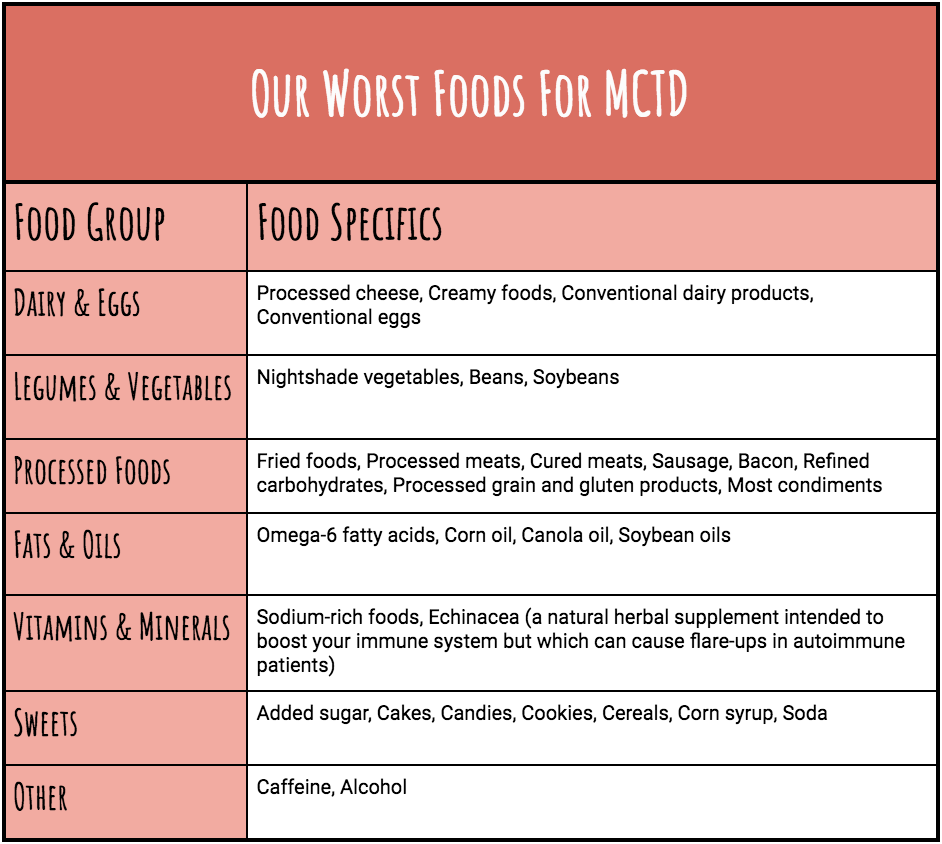
Mixed Connective Tissue Disease Diet – Your Autoimmunity Connection

Mixed Connective Tissue Disease Diet – Your Autoimmunity Connection

Sjogren's Diet | What to Eat for Optimal Health - EA Stewart, RD

Pin on Health

13 MCTD autoimmune recipes ideas | autoimmune recipes, autoimmune, inflammation diet

What Is Undifferentiated Connective Tissue Disease? Symptoms, Diagnosis, Treatment

▷ Mixed Connective Tissue Disease (MCTD) diet. Is there a diet which improves the quality of life of people with Mixed Connective Tissue Disease (MCTD)?

At-Home Treatments for Mixed Connective Tissue Disease (MCTD) | PainScale
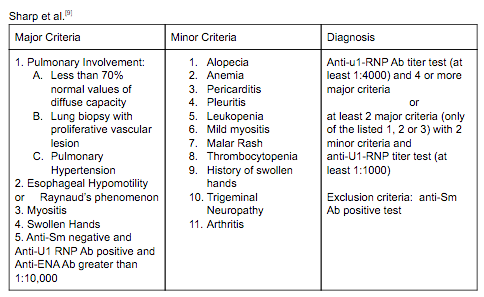
Mixed Connective Tissue Disease - Physiopedia

Mixed Connective Tissue Disease - Physiopedia

Tackling mixed connective tissue disease with nutrition

Jennifer's AIP Recovery from Mixed Connective Tissue Disease

9 Mixed connective tissue disease ideas | disease, autoimmune disease, autoimmune

Living w/Lupus - Mixed Connective Tissue Disease | Lupus, Lupus facts, Autoimmune disease
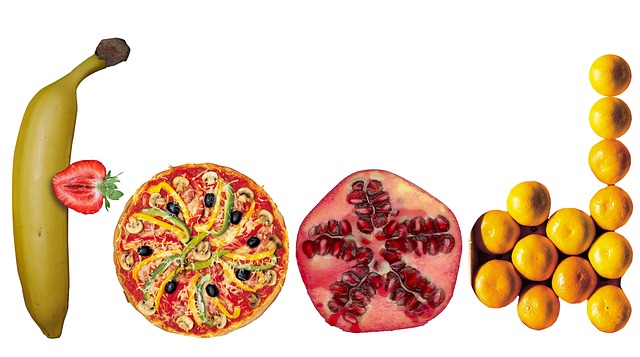
Diet for Rheumatic Diseases - BINDEVESSYKDOMMER.NOBINDEVEVSSYKDOMMER.NO

The Lupus Diet - What Foods You Should Avoid - HubPages

Mixed Connective Tissue Disease: Symptoms, Causes, and Treatment

13 MCTD autoimmune recipes ideas | autoimmune recipes, autoimmune, inflammation diet
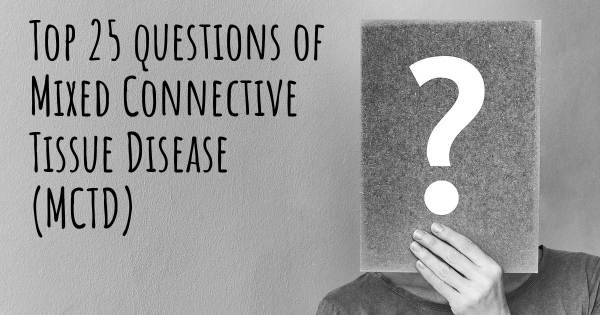
Mixed Connective Tissue Disease (MCTD) top 25 questions - Mixed Connective Tissue Disease (MCTD) Map | Diseasemaps
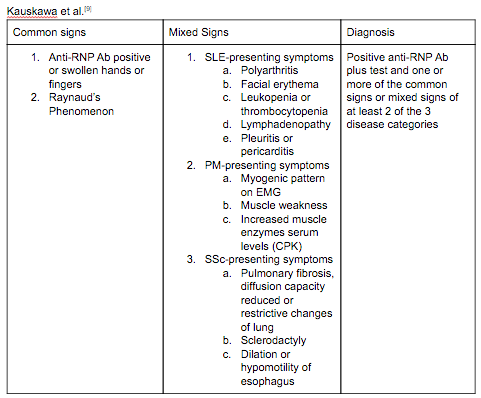
Mixed Connective Tissue Disease - Physiopedia

At-Home Treatments for Mixed Connective Tissue Disease (MCTD) | PainScale

▷ Celebrities with Mixed Connective Tissue Disease (MCTD)

Mixed Connective Tissue Disease (MCTD) - Bone, Joint, and Muscle Disorders - MSD Manual Consumer Version

9 Mixed connective tissue disease ideas | disease, autoimmune disease, autoimmune

13 MCTD autoimmune recipes ideas | autoimmune recipes, autoimmune, inflammation diet
/GettyImages-1274751524-374b60a9e4384965ab21e88d558067c8.jpg)
Mixed Connective Tissue Disease: Coping, Support, and Living Well
/GettyImages-1153388668-267e910a2abf45d796299bce52410568.jpg)
Mixed Connective Tissue Disease: What to Eat for Better Management
Mixed Connective Tissue Disease disease: Malacards - Research Articles, Drugs, Genes, Clinical Trials

Pin on Looks Delicious!

Connective Tissue Diseases: Holistic Therapy Options--Sjoegrens Syndrome; Systemic Sclerosis - Scleroderma; Systemic Lupus Erythematosus; Discoid Lupus Erythematosus; Secondary and Primary Raynauds phenomenon; Raynauds Disease; Polymyositis ...
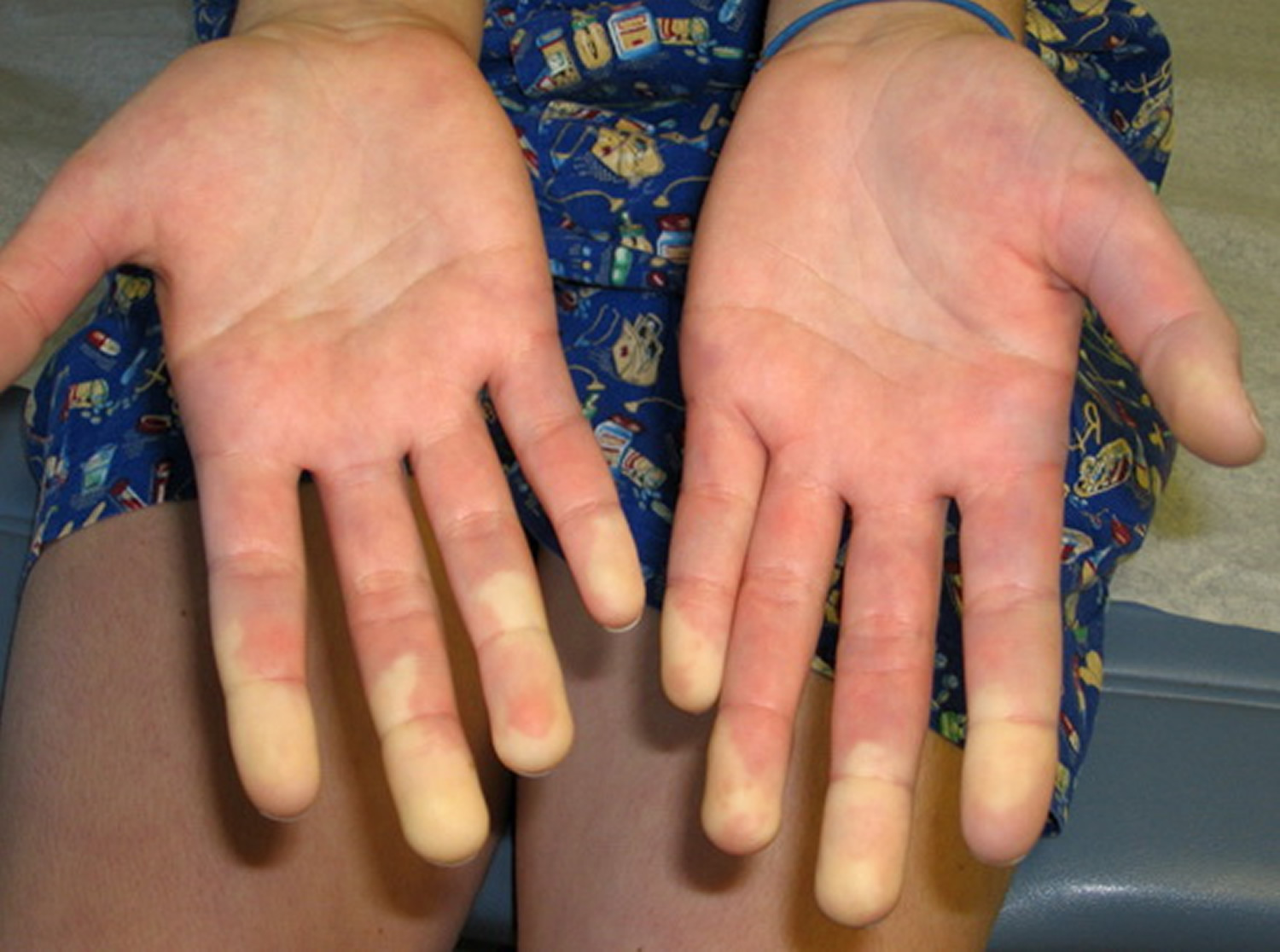
Mixed Connective Tissue Disease Causes, Symptoms, Treatment
Mixed Connective Tissue Disease - MCTDfoundation.org

Autoimmune Disease Awareness - Home | Facebook
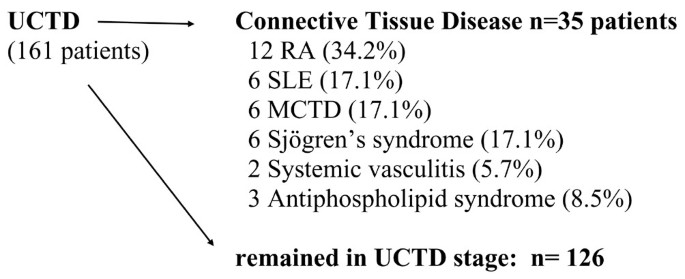
Vitamin D deficiency in undifferentiated connective tissue disease | Arthritis Research & Therapy | Full Text
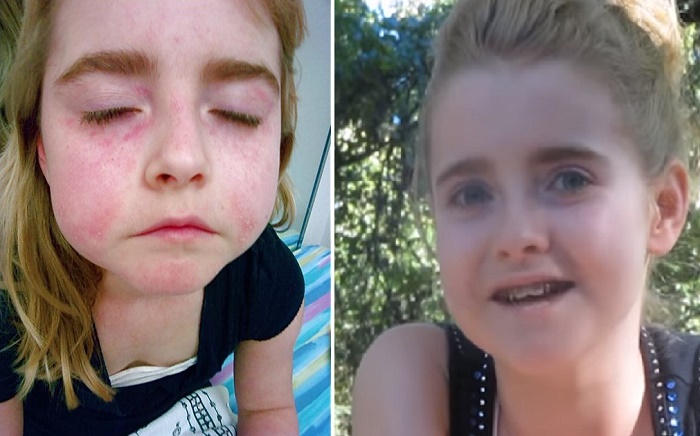
Little Girl Defeats Arthritis & Lupus By Removing These 3 Things From Her Diet! - David Avocado Wolfe
/balanceddiet-9f6752a31509494cab5eb749dd1d04bd.jpg)
Lupus: What to Eat for Better Management
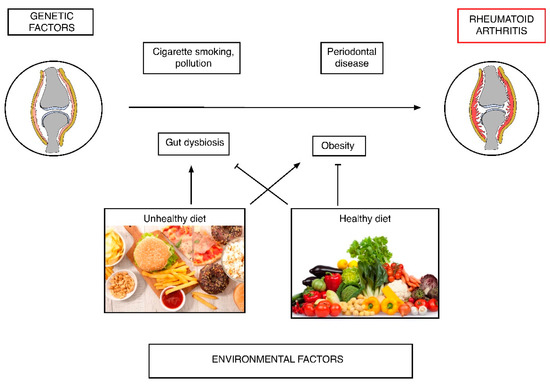
Nutrients | Free Full-Text | Dietary Habits and Nutrition in Rheumatoid Arthritis: Can Diet Influence Disease Development and Clinical Manifestations? | HTML

Nightshade Food List : Should You Avoid Them? - Unbound Wellness
:max_bytes(150000):strip_icc()/lupus-management-diet-48421532-a437254640da4e1d8637f25ac1a00870.png)
Lupus: What to Eat for Better Management
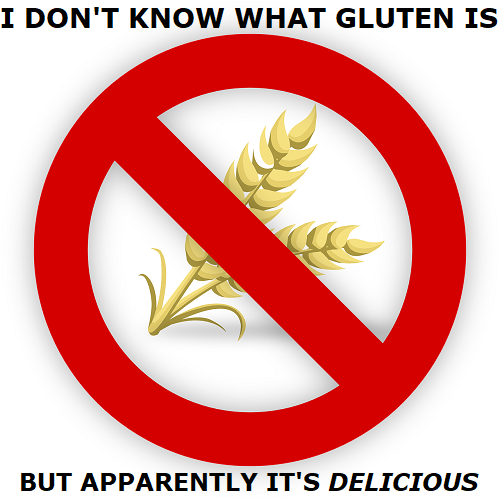
Gluten And Mixed Connective Tissue Disease
Posting Komentar untuk "mixed connective tissue disease diet"